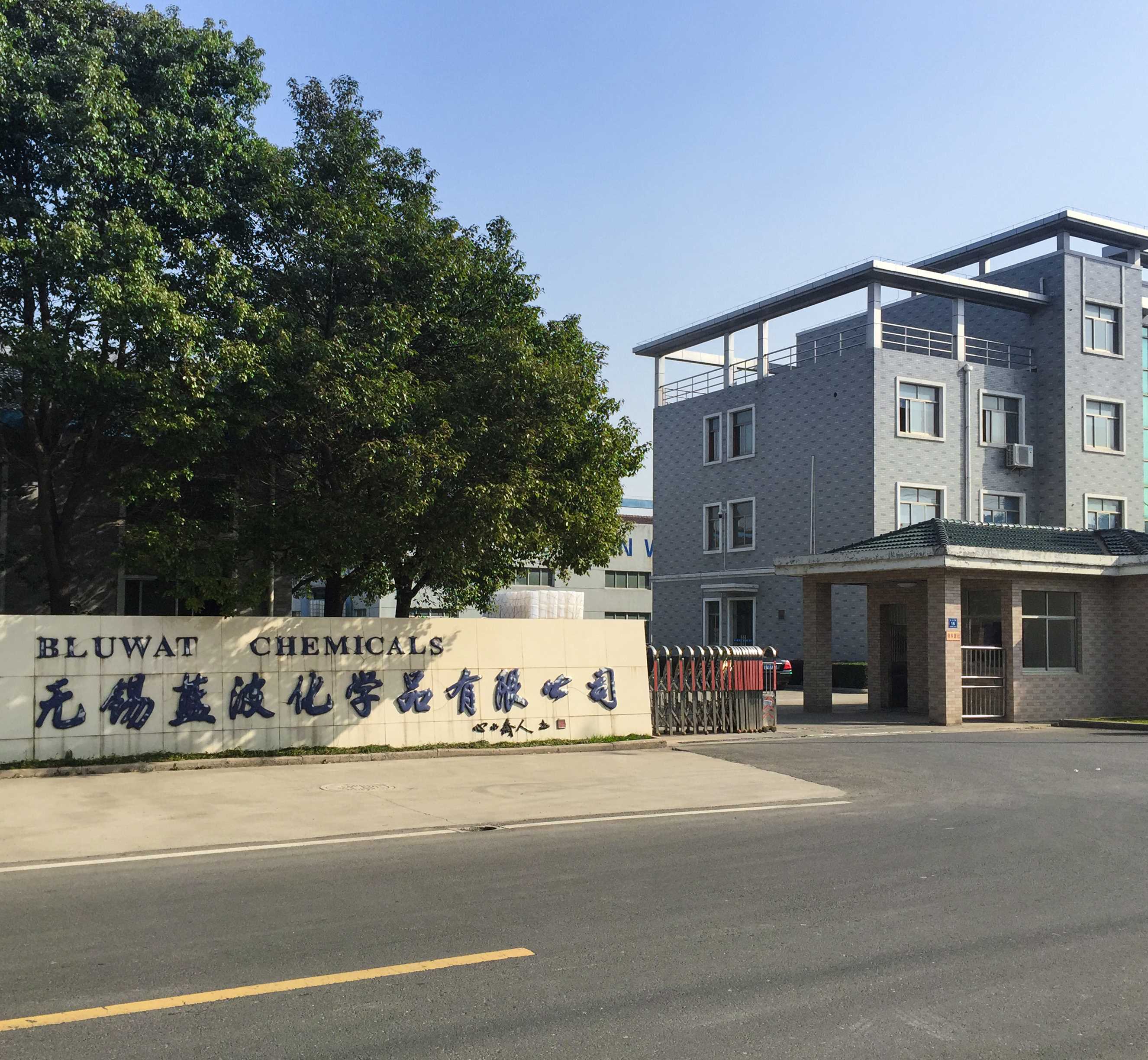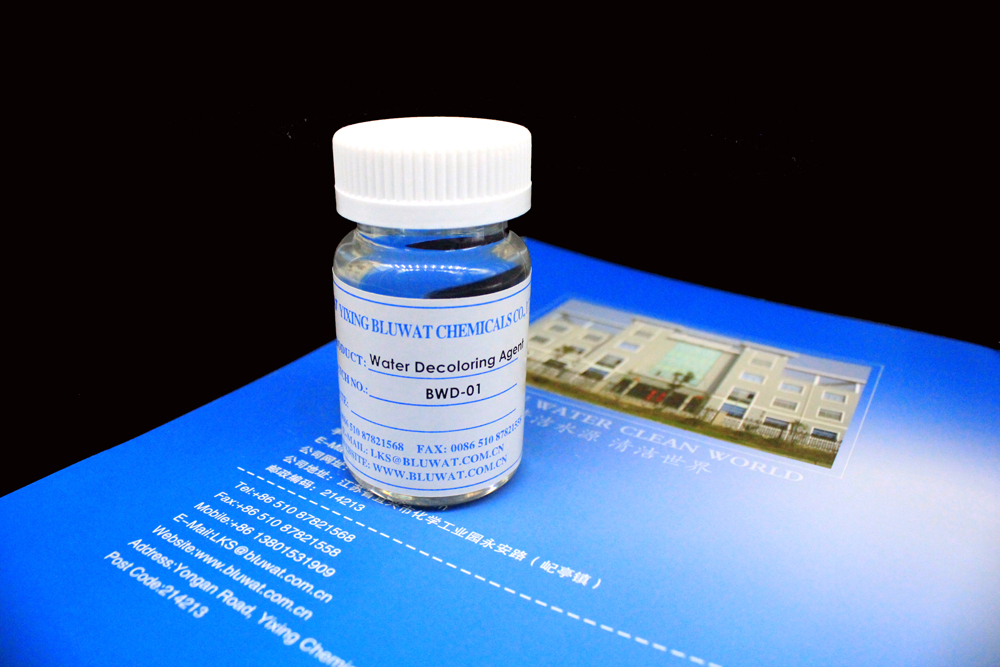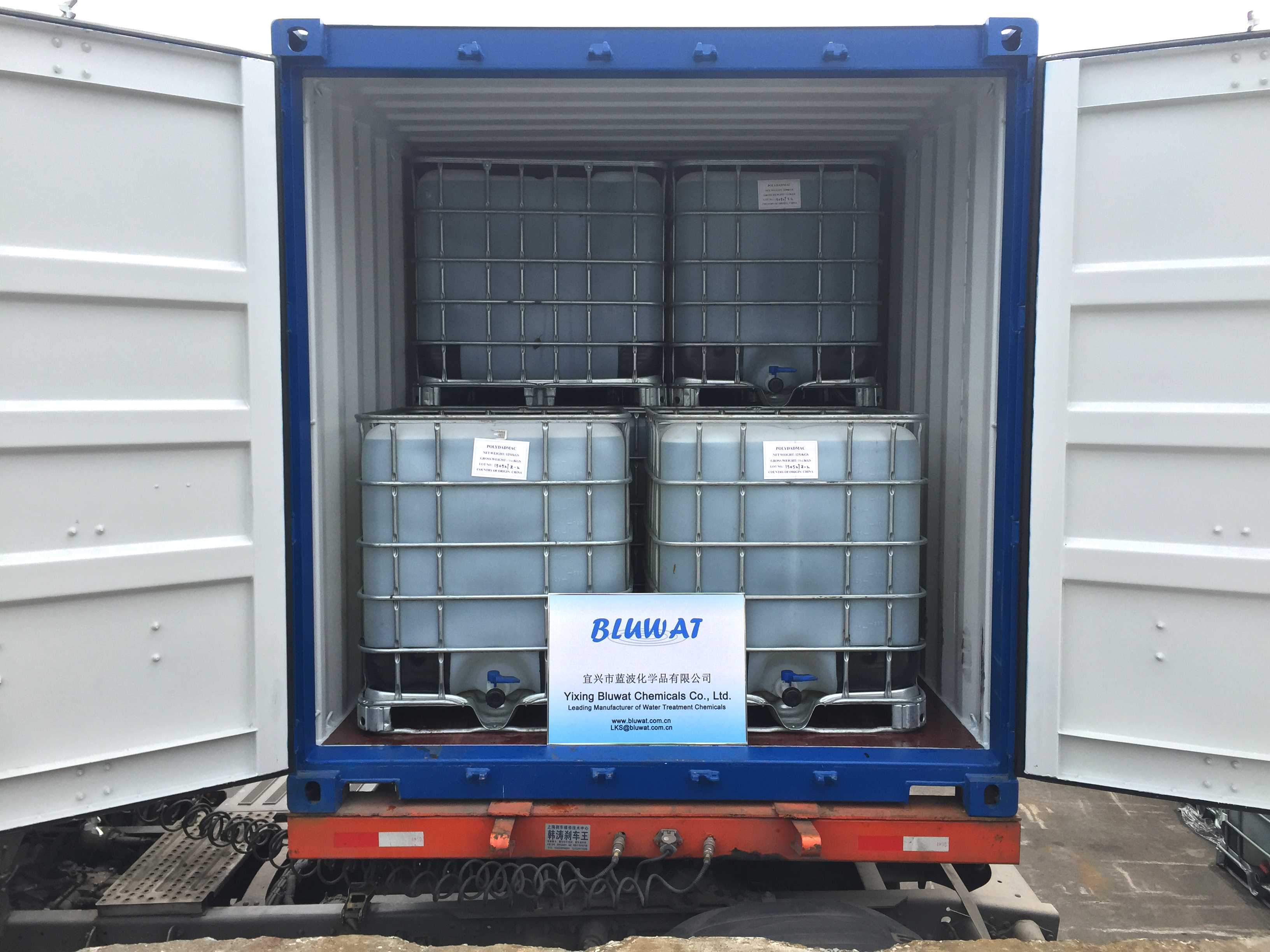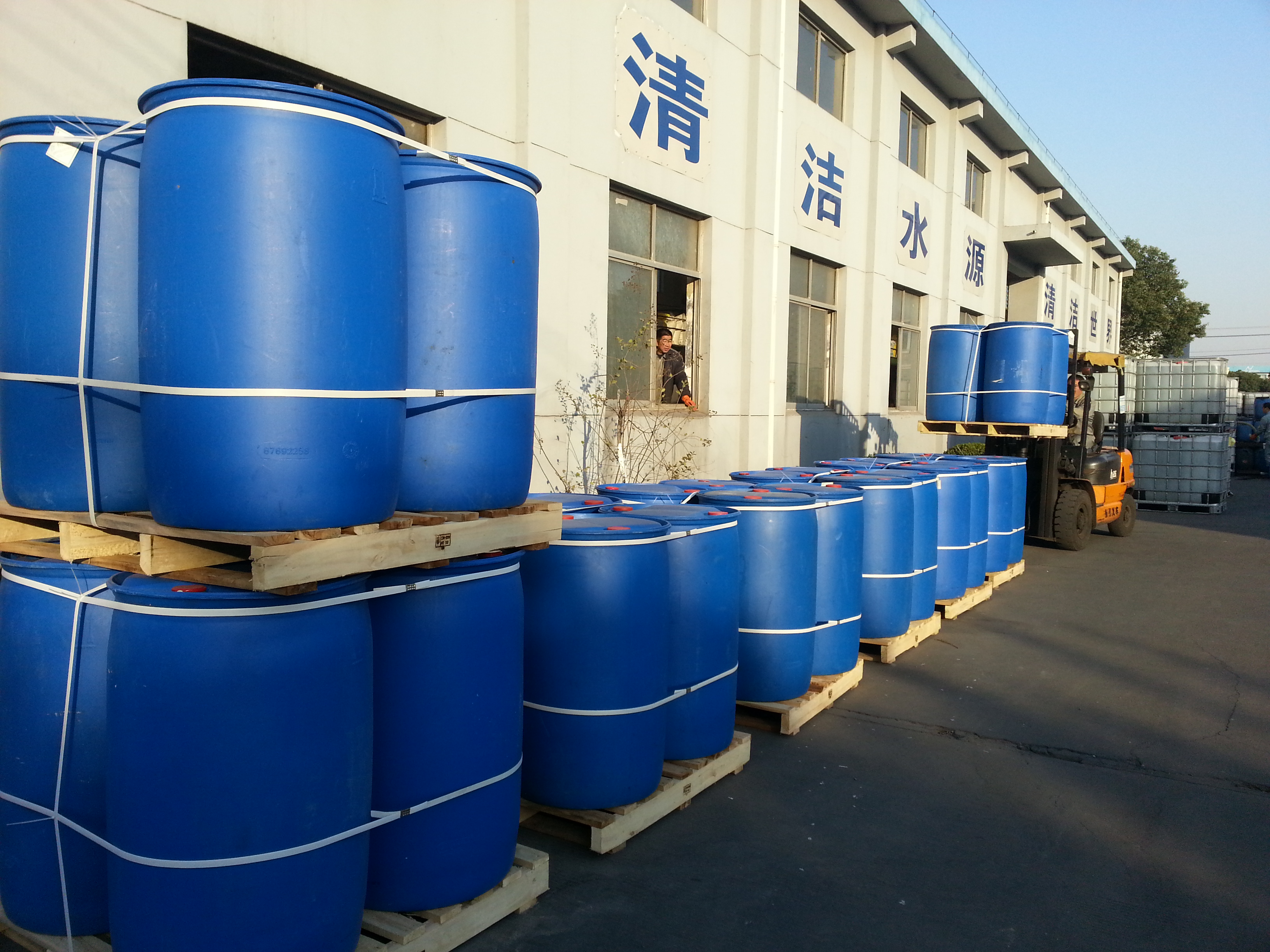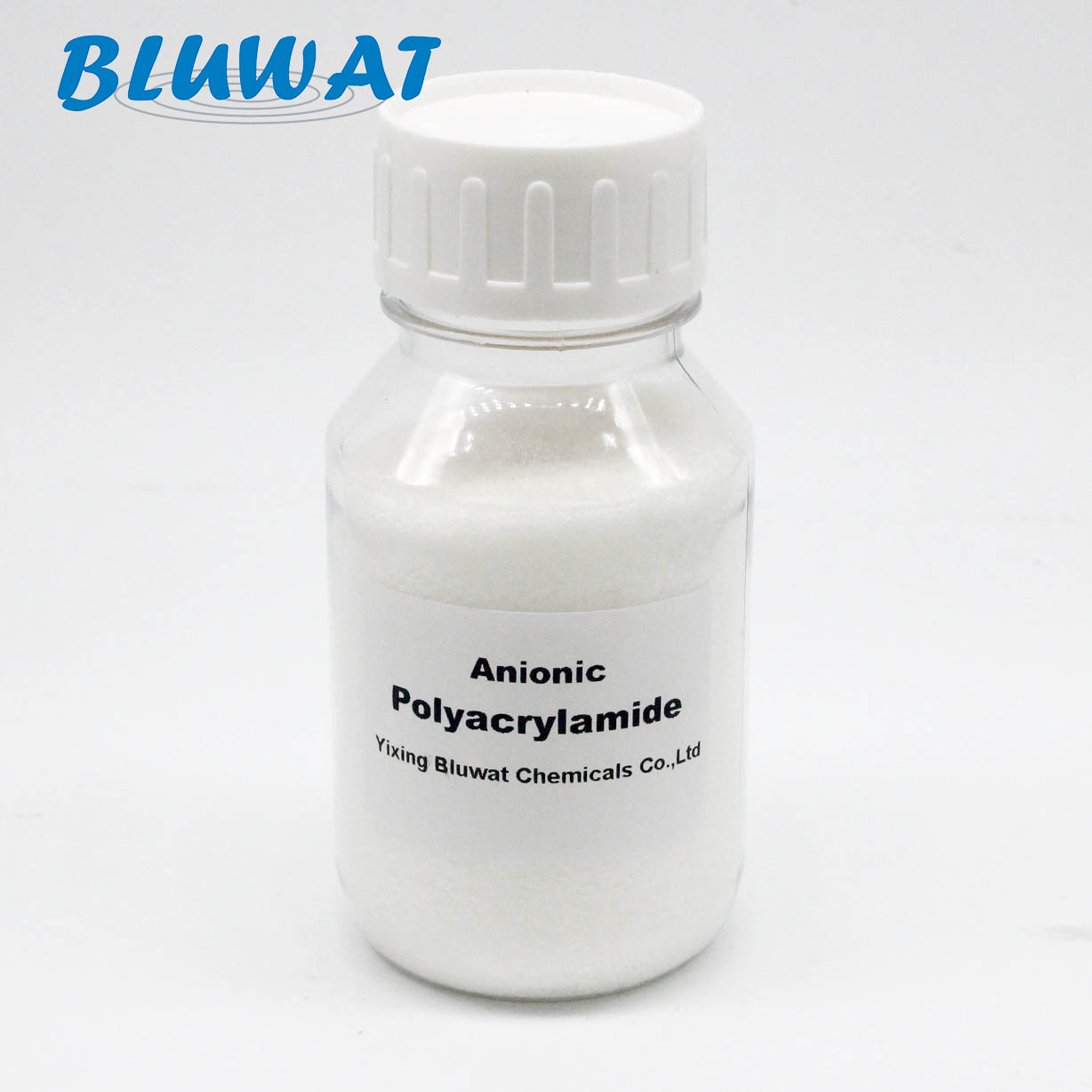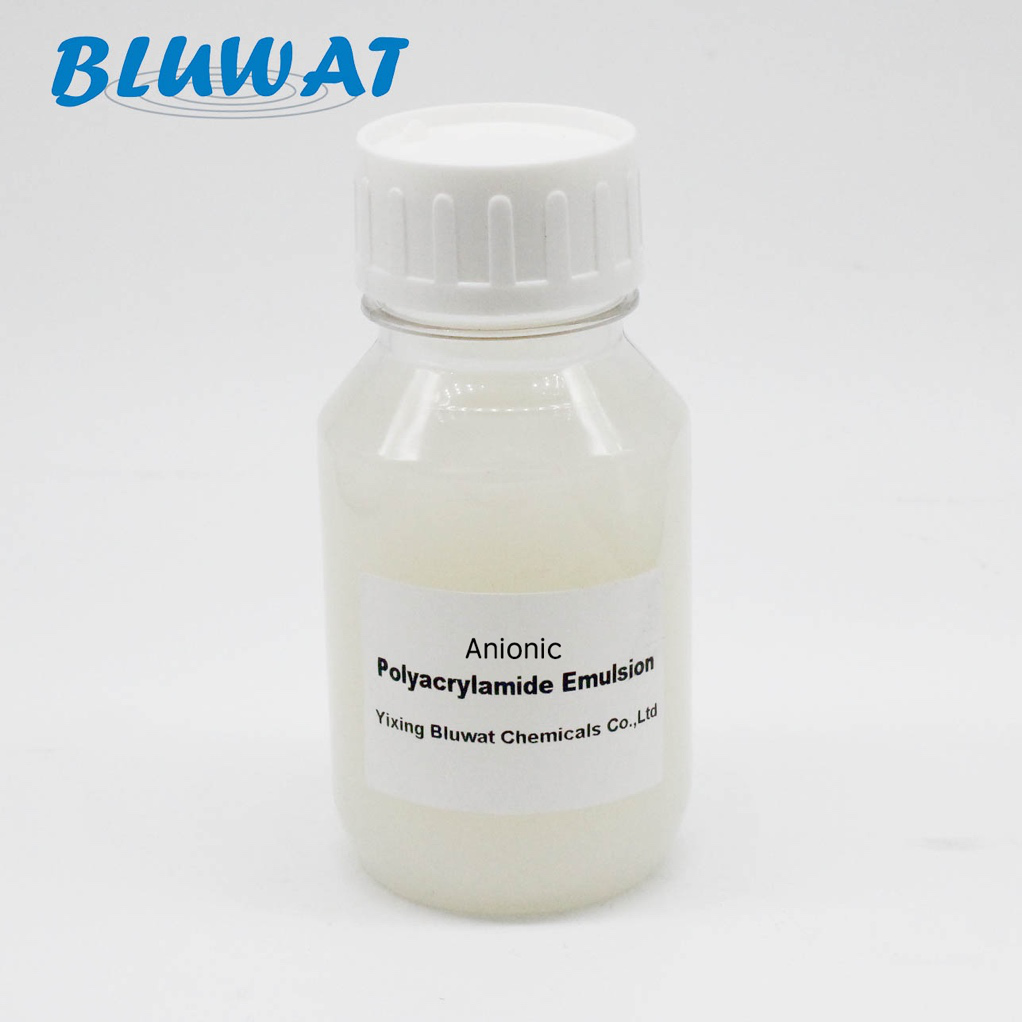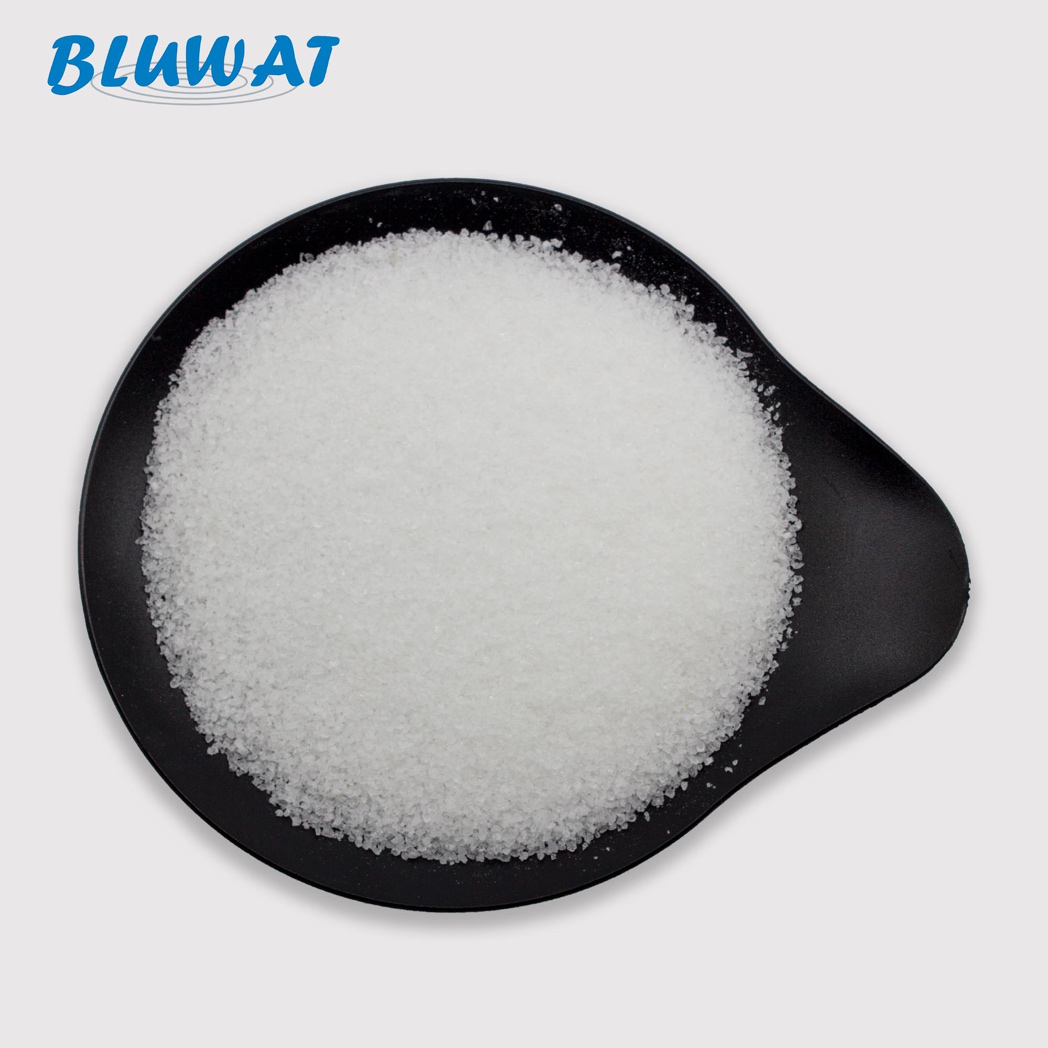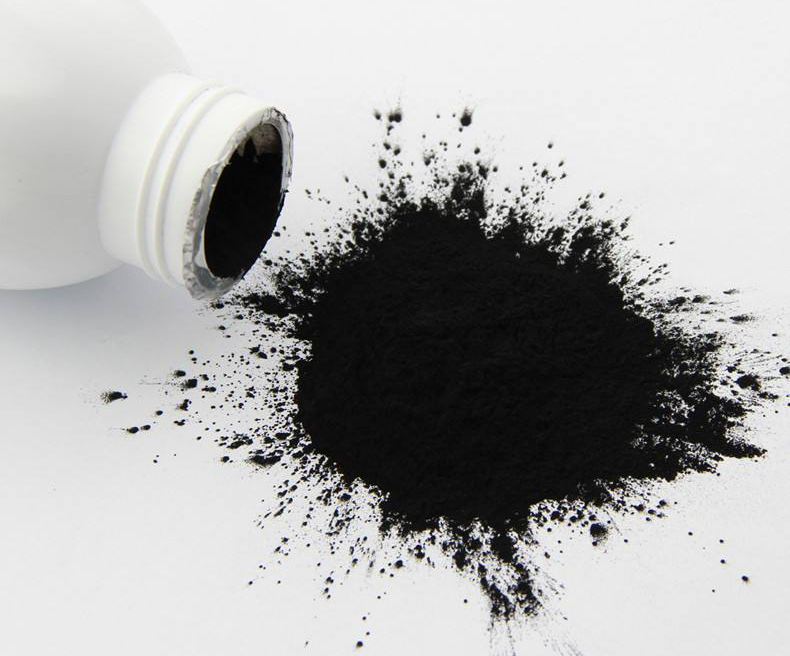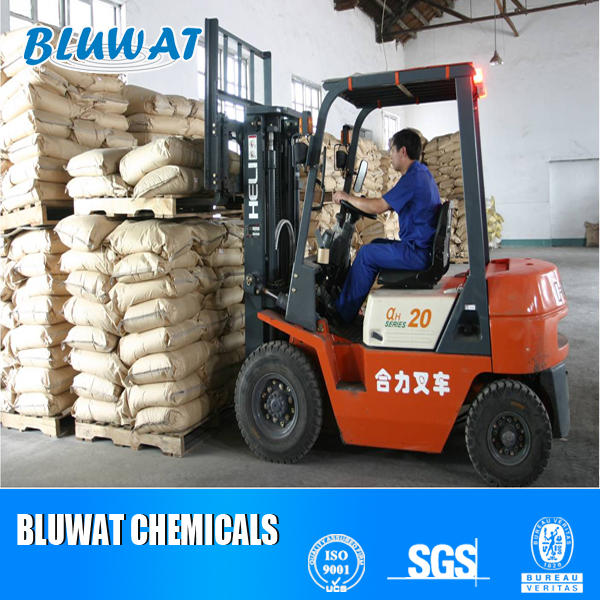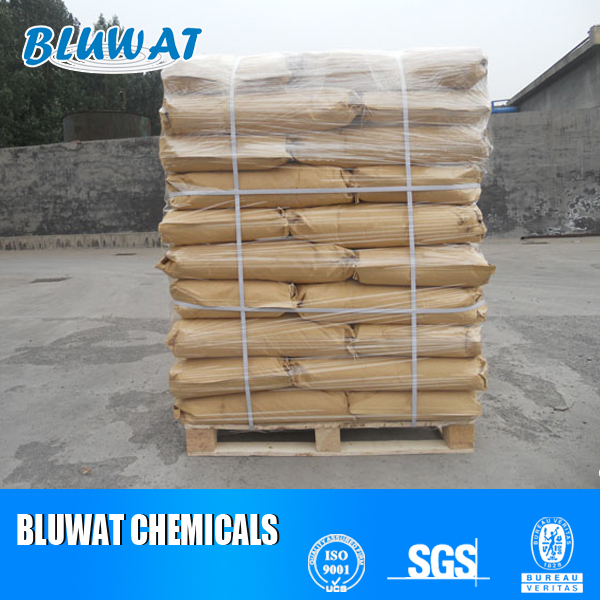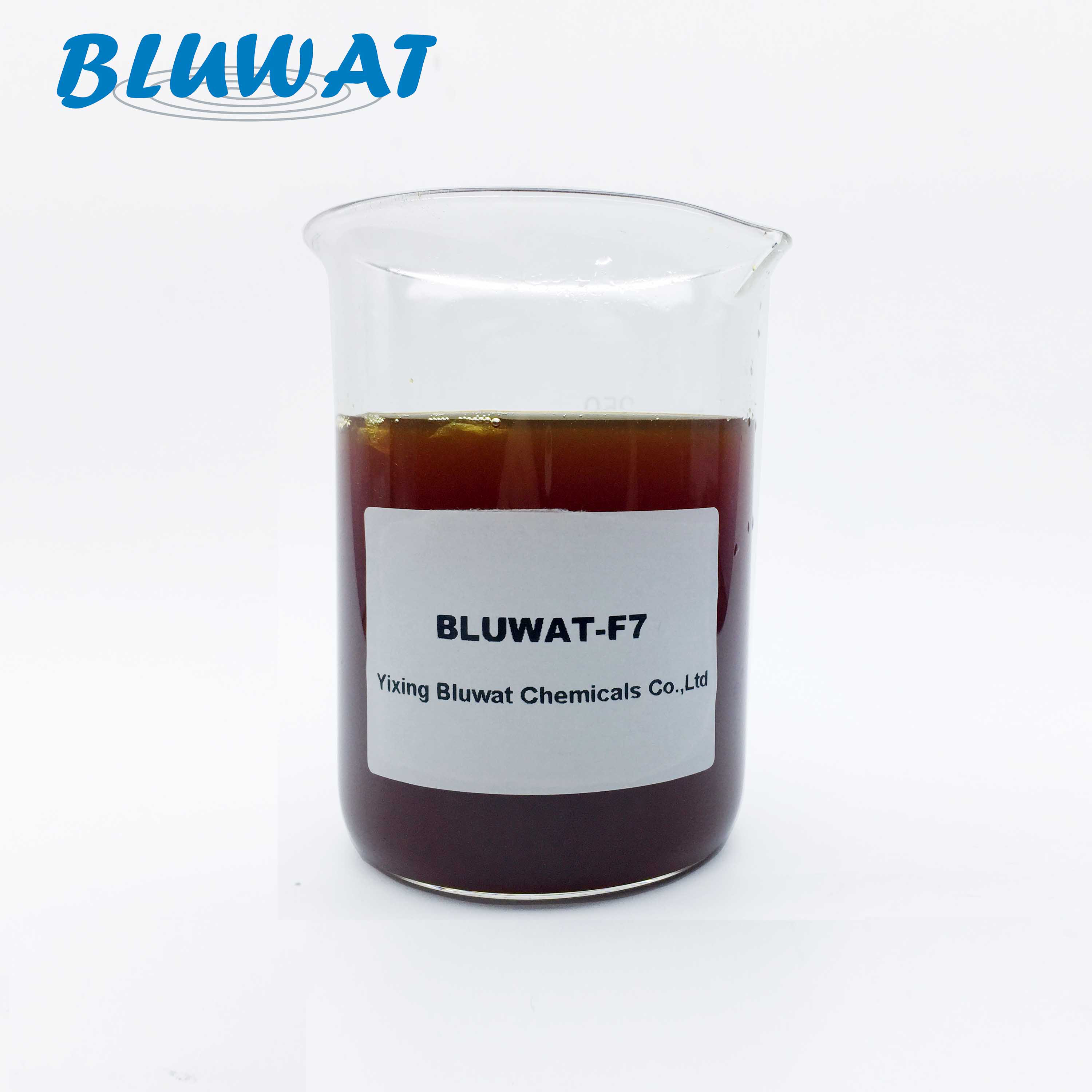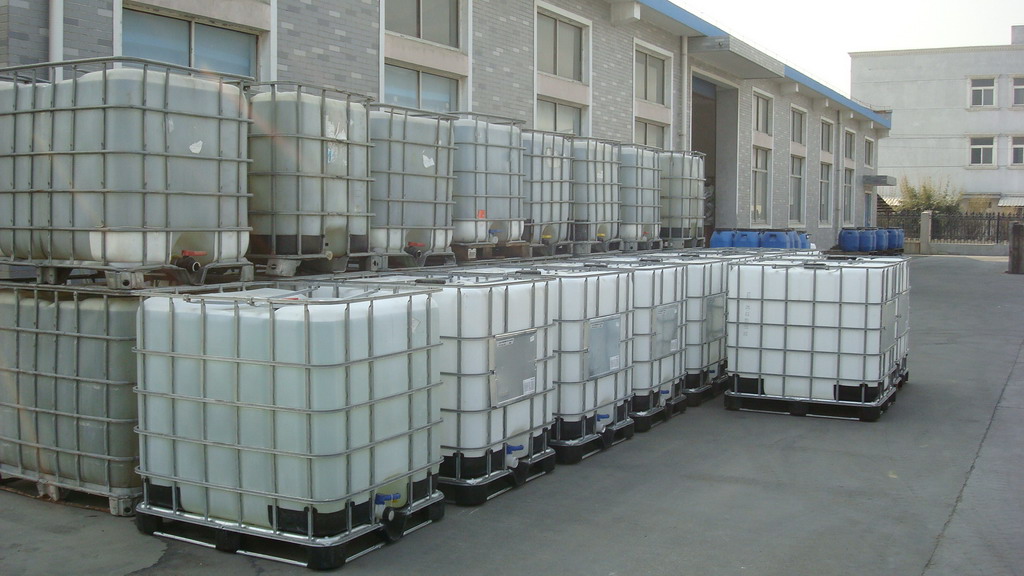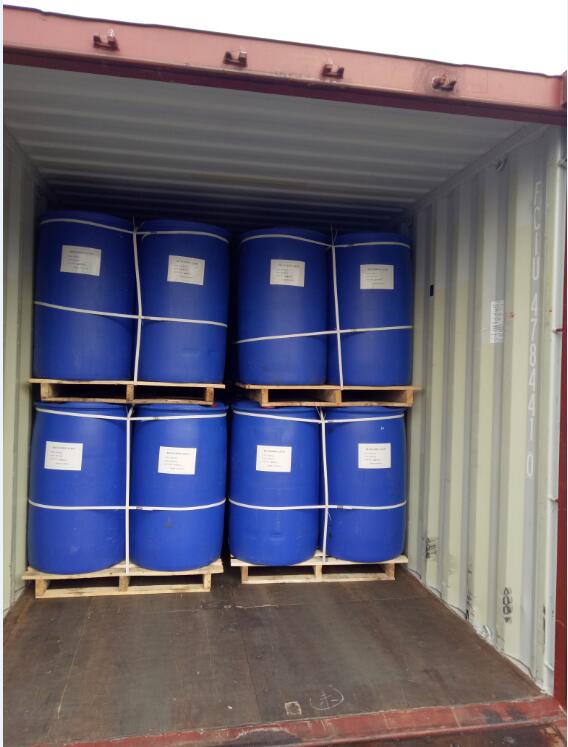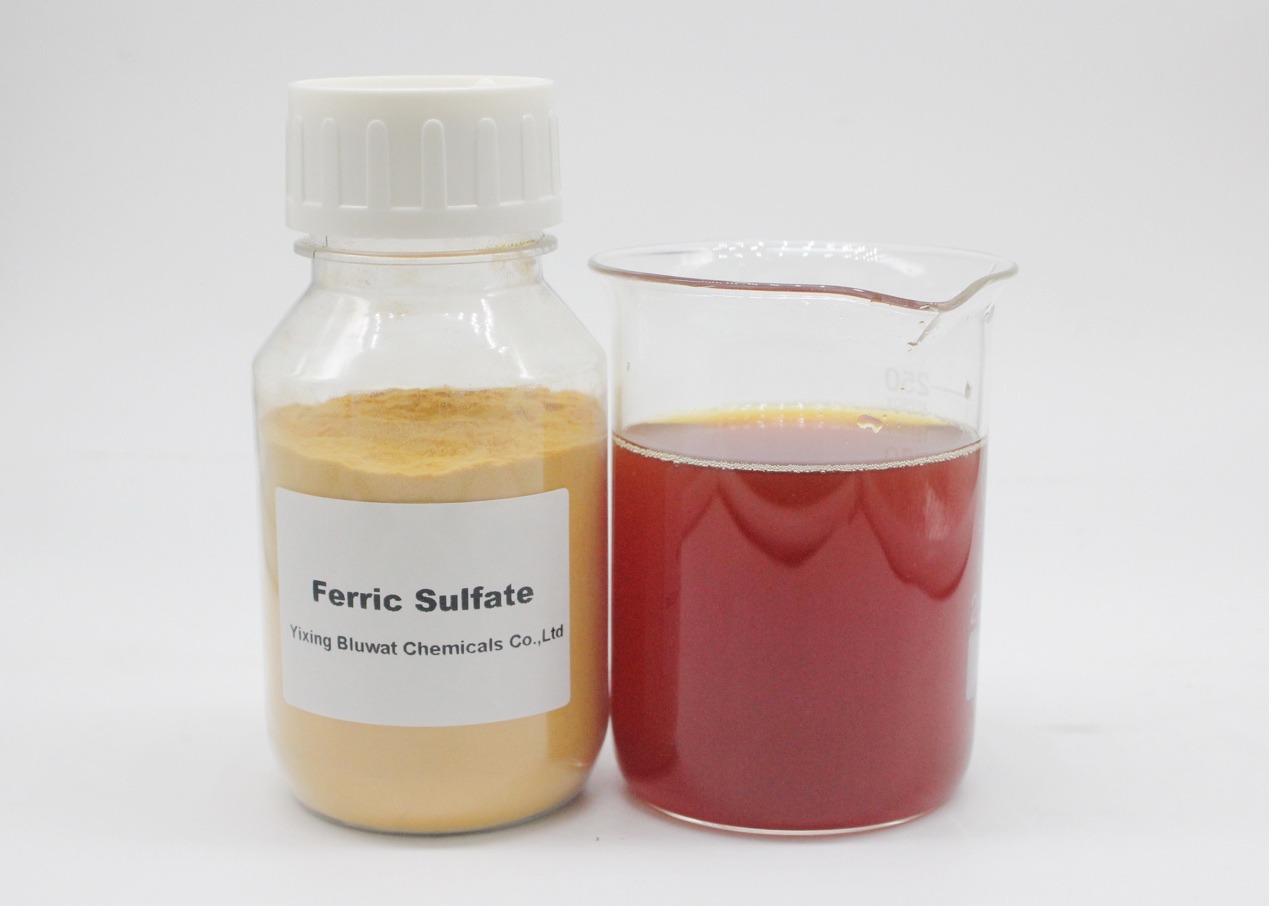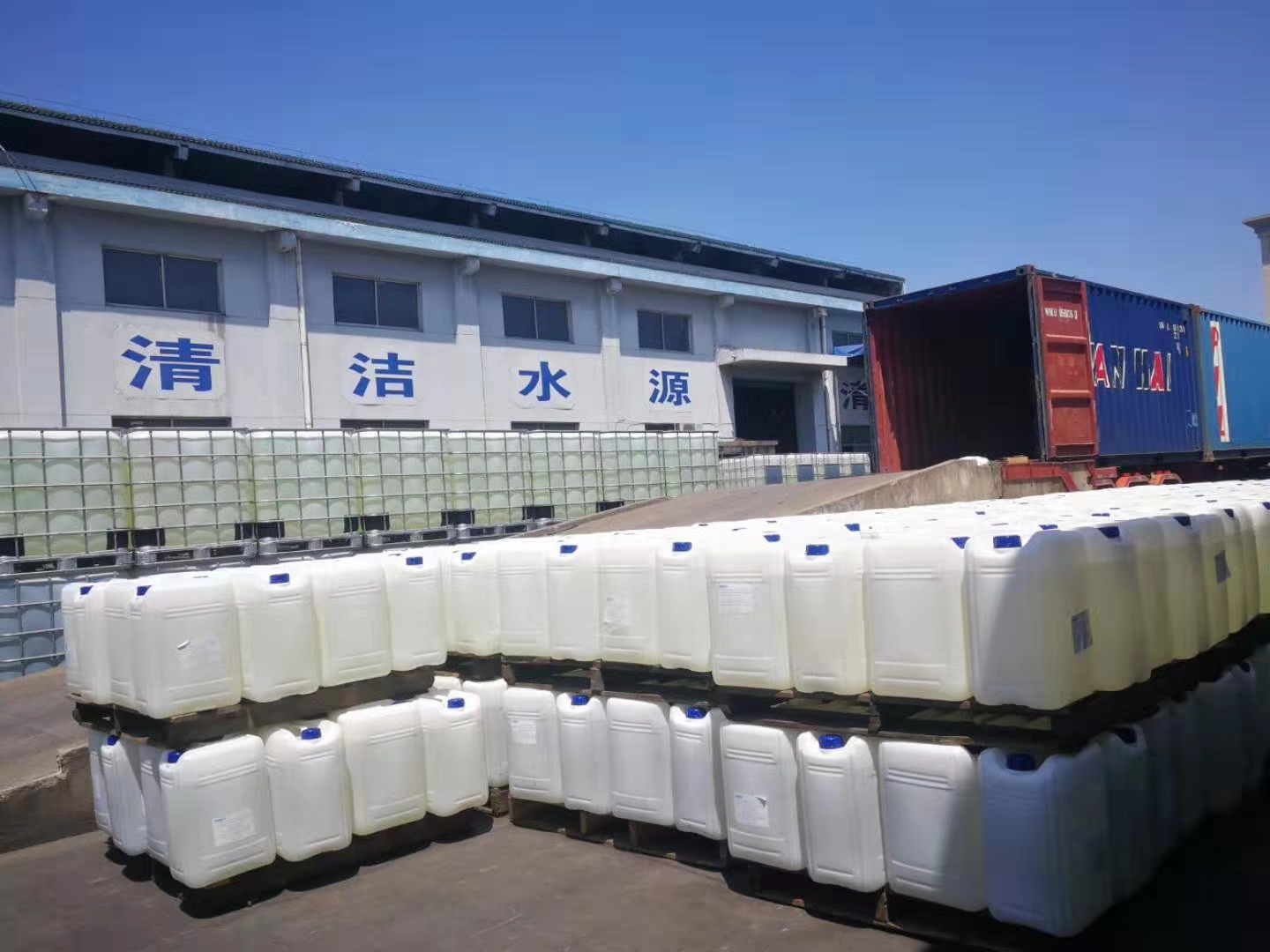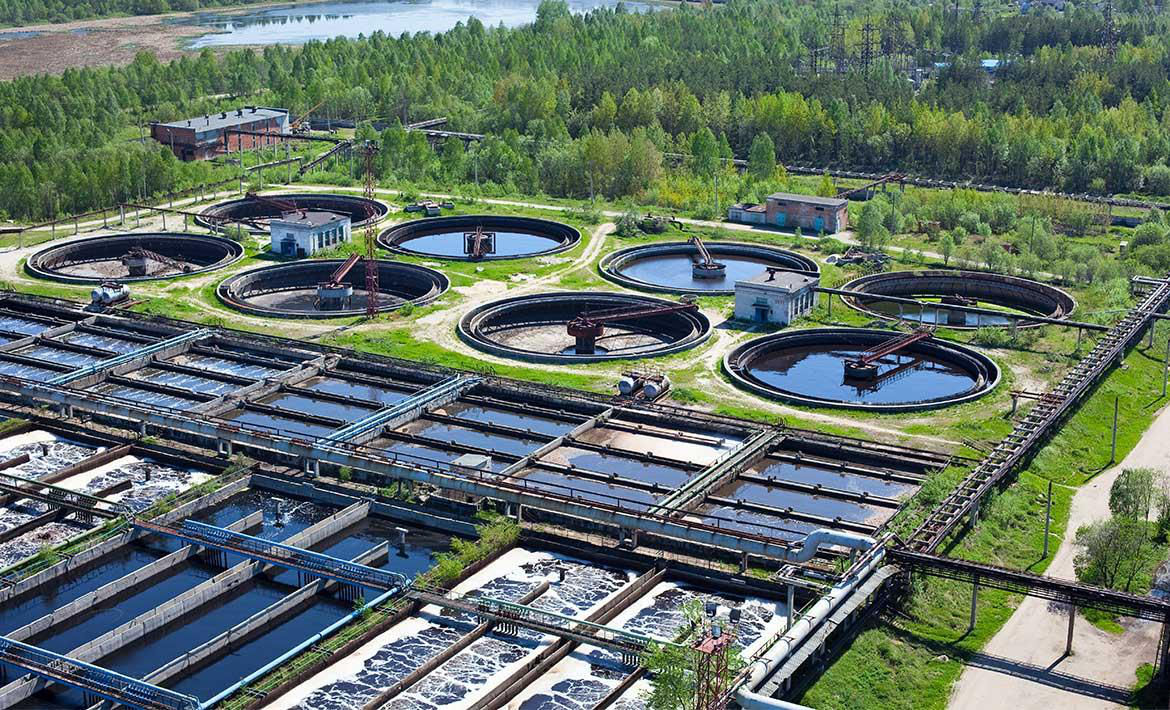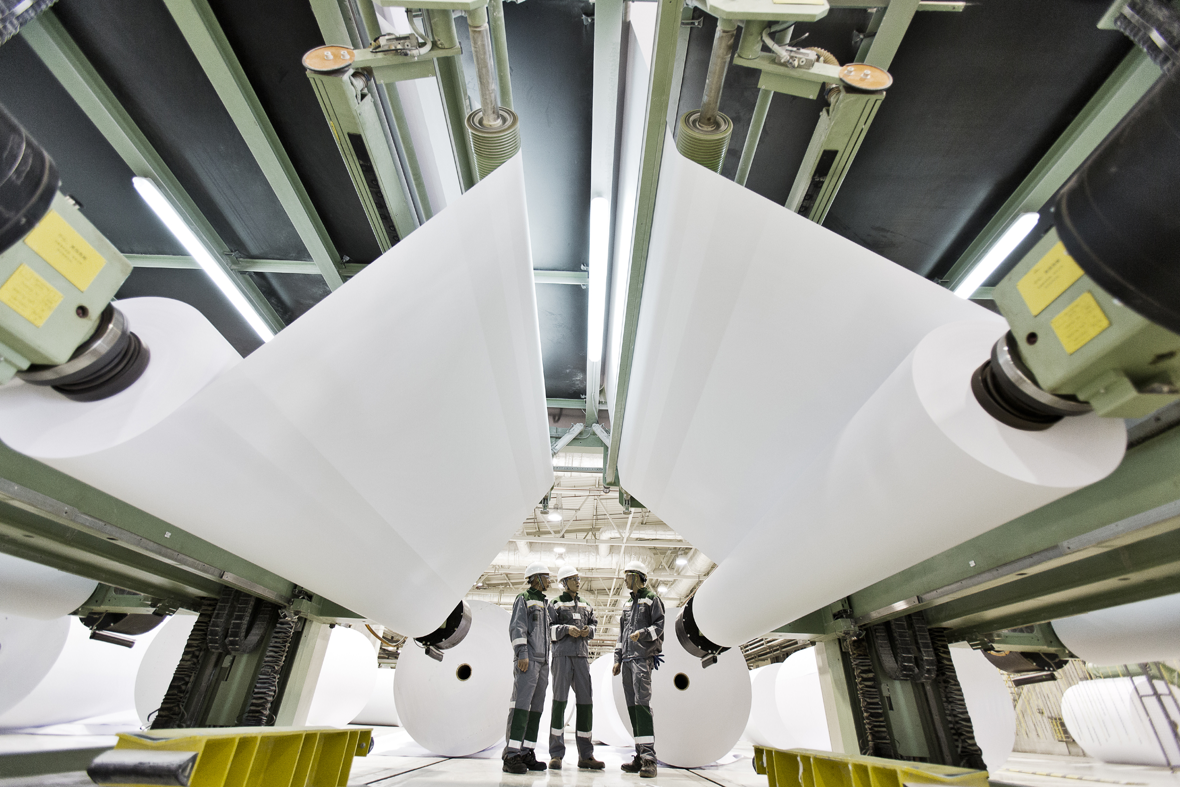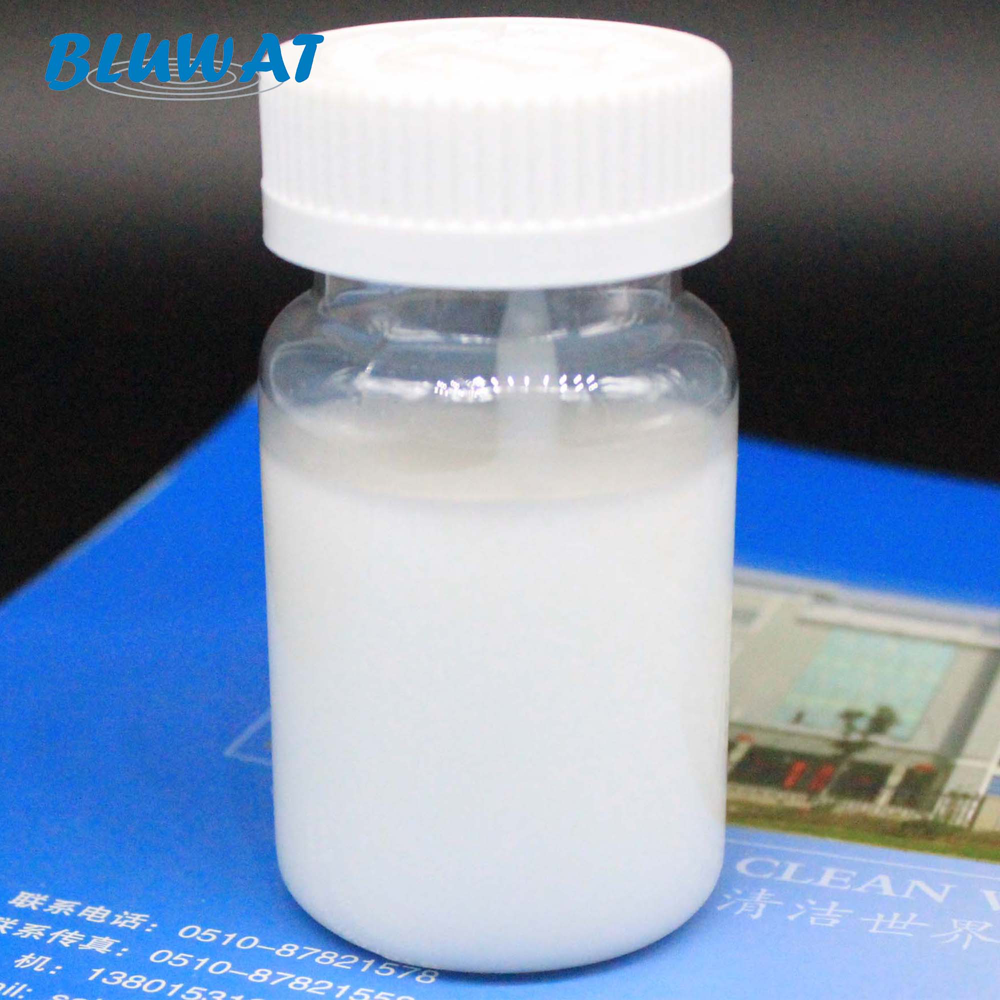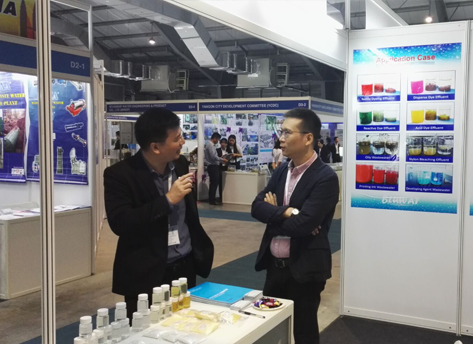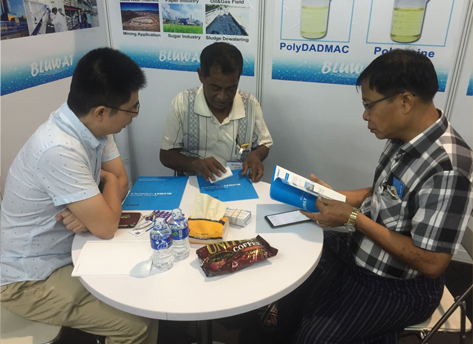Bluwat Chemicals Polyacrylamide | PAM Flocculant for Water & Wastewater Treatment
Polyacrylamide Flocculants for Cleaner, Clearer Water & Wastewater
In many treatment plants, the most difficult task is not only removing pollutants, but doing so reliably while energy, sludge handling, and chemical budgets are under pressure. Bluwat PAM is designed to support municipal utilities, industrial factories, and environmental projects that need stable performance every day.
How Bluwat Polyacrylamide Works in Water Treatment
Raw water and industrial effluent typically contain millions of fine particles, colloids, dyes, organic matter, and inorganic solids that will not settle on their own. Polyacrylamide acts as a long-chain polymer bridge: it adsorbs onto the surface of these particles and links them together to form larger, denser flocs. These flocs are much easier to remove through physical separation equipment.
- Improved gravity sedimentation in clarifiers and lamella settlers
- Higher separation efficiency in dissolved air flotation (DAF) units
- Better filter performance in sand filters, belt presses and chamber filter presses
- Enhanced centrifuge operation for sludge thickening and dewatering
Complete PAM Product Range for Different Water Qualities
Anionic Polyacrylamide (A-PAM)
Ideal for mineral suspensions and wastewater with a predominance of positive or neutral particles. Commonly used in surface water clarification, mining tailings, coal washing plants, sand and gravel processing, and municipal sludge dewatering.
Cationic Polyacrylamide (C-PAM)
Recommended for sludge conditioning and effluents rich in organic solids. Cationic grades improve cake dryness and filtrate quality in municipal biosolids, food and beverage waste, paper mill sludge, and refinery sludges.
Nonionic & Amphoteric Grades
Nonionic and amphoteric PAM provide performance in special scenarios such as low-pH systems, high-salinity wastewaters, and processes where a balanced charge is beneficial. These grades are often selected after jar testing for difficult effluents.
Powder, Emulsion & Liquid Forms
Bluwat supplies PAM as free-flowing powder, water-in-oil emulsion, and ready-to-use liquid solutions to match each customer’s make-up equipment, dissolved polymer systems, and storage conditions.
Main Benefits of Using Bluwat PAM Flocculants
Where Bluwat Polyacrylamide Is Widely Applied
Bluwat PAM polymers are used across a broad spectrum of water and wastewater treatment duties, including:
- Municipal drinking water clarification and surface water treatment
- Municipal sewage and industrial wastewater secondary clarification
- Dyeing and textile effluent color reduction, together with decolorizing agents
- Pulp and paper white water recovery and sludge dewatering
- Mining and mineral processing tailings settling and thickening
- Oil and gas produced water and refinery wastewater treatment
- Food, beverage, and dairy processing wastewater
- Landfill leachate and other challenging, high-COD effluents
Quality, Safety and Technical Support
Bluwat Chemicals operates modern production lines and adopts strict quality control to keep residual monomer levels low and ensure uniform performance from batch to batch. Our polyacrylamide products are designed to dissolve quickly, form clear solutions, and remain stable under recommended storage conditions.
In addition to supplying chemicals, Bluwat engineers support users with jar testing, polymer selection, and dosage optimization. By matching the right PAM grade with coagulants such as PAC, ACH, PolyDADMAC, or Polyamine, plants can achieve higher removal efficiency and more reliable compliance with discharge regulations.
Bluwat Chemicals · Supporting Sustainable Water Management
As regulations become stricter and water resources more valuable, treatment facilities must achieve better results with fewer resources. Bluwat polyacrylamide flocculants are part of that solution, enabling more efficient clarification, thicker sludge, and cleaner effluent in a wide variety of systems.
Bluwat Chemicals continues to expand its polyacrylamide portfolio to meet new technical requirements in municipal, industrial, and environmental water treatment projects worldwide.







